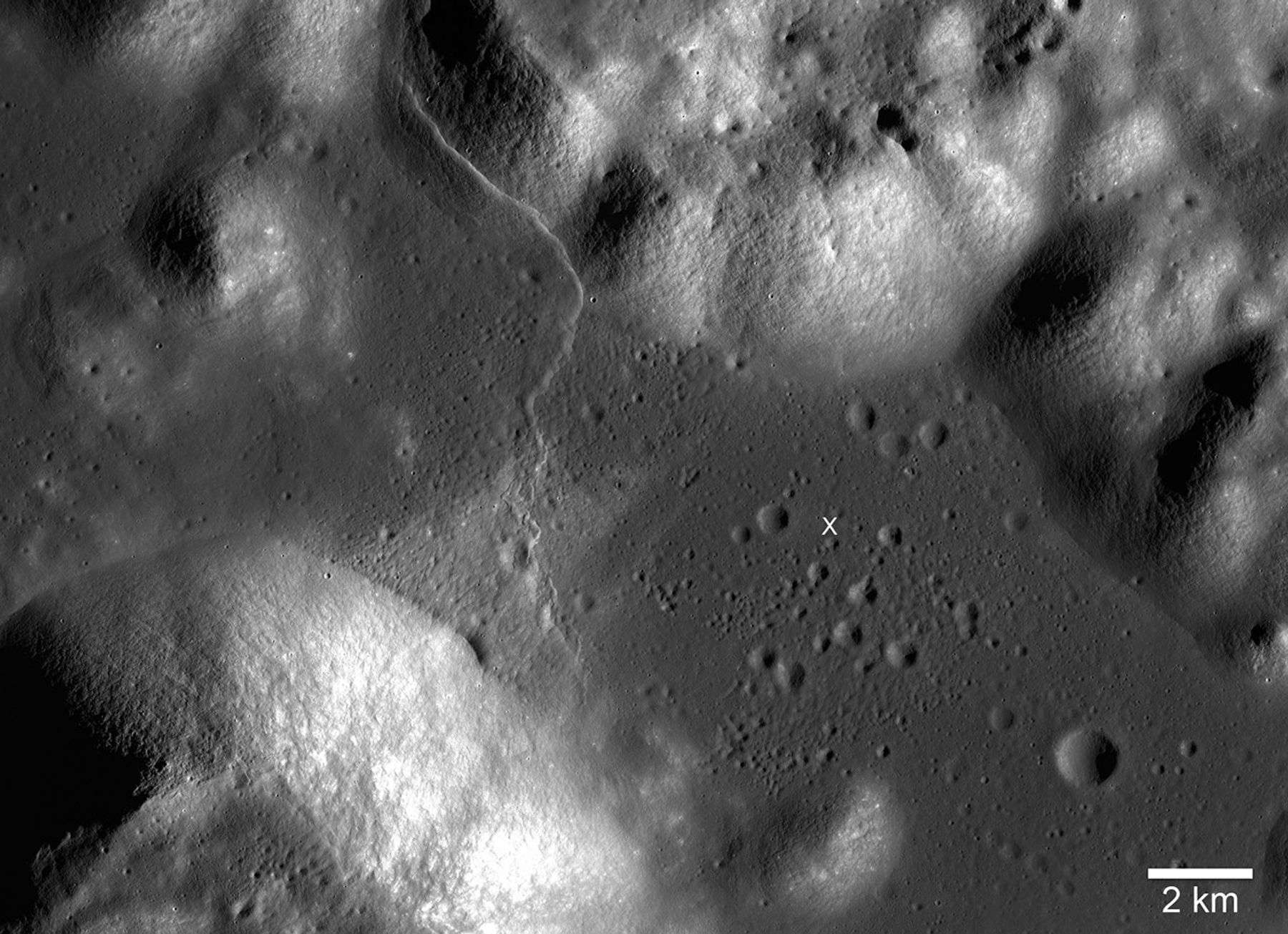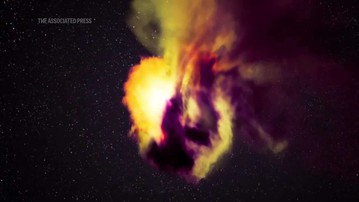NASA is preparing to send astronauts to the surface of the Moon's south polar region for the first time during the Artemis III mission. To that end, scientists are developing methods to determine the frequency of moonquakes in areas with active fissures. The fissures indicate that the Moon is slowly shrinking as its interior cools, causing sudden movements and tremors.
Moonquakes are relatively rare; the strongest ones reach magnitude 5.0, which is significantly weaker than the strongest earthquakes on Earth. While they do not pose a significant threat to missions lasting several days, their impact on long-term structures and equipment can be substantial. Unlike earthquakes, which last from seconds to minutes, moonquakes can sometimes last for hours, damaging buildings, disrupting operations, or endangering launch pads.
Smithsonian Museum scientist Thomas Waters and University of Maryland seismologist Nicholas Schmer have developed a new method for estimating the magnitude of moonquakes by studying rockfalls and landslides on the Moon's surface. Their latest study shows that a quake of about magnitude 3.0 occurs on average every 5.6 million years near the Lee-Lincoln Rift in the Moon's Taurus-Littrow Valley. The scientists estimate that similar rifts may still be active today and continue to produce new moonquakes.



















